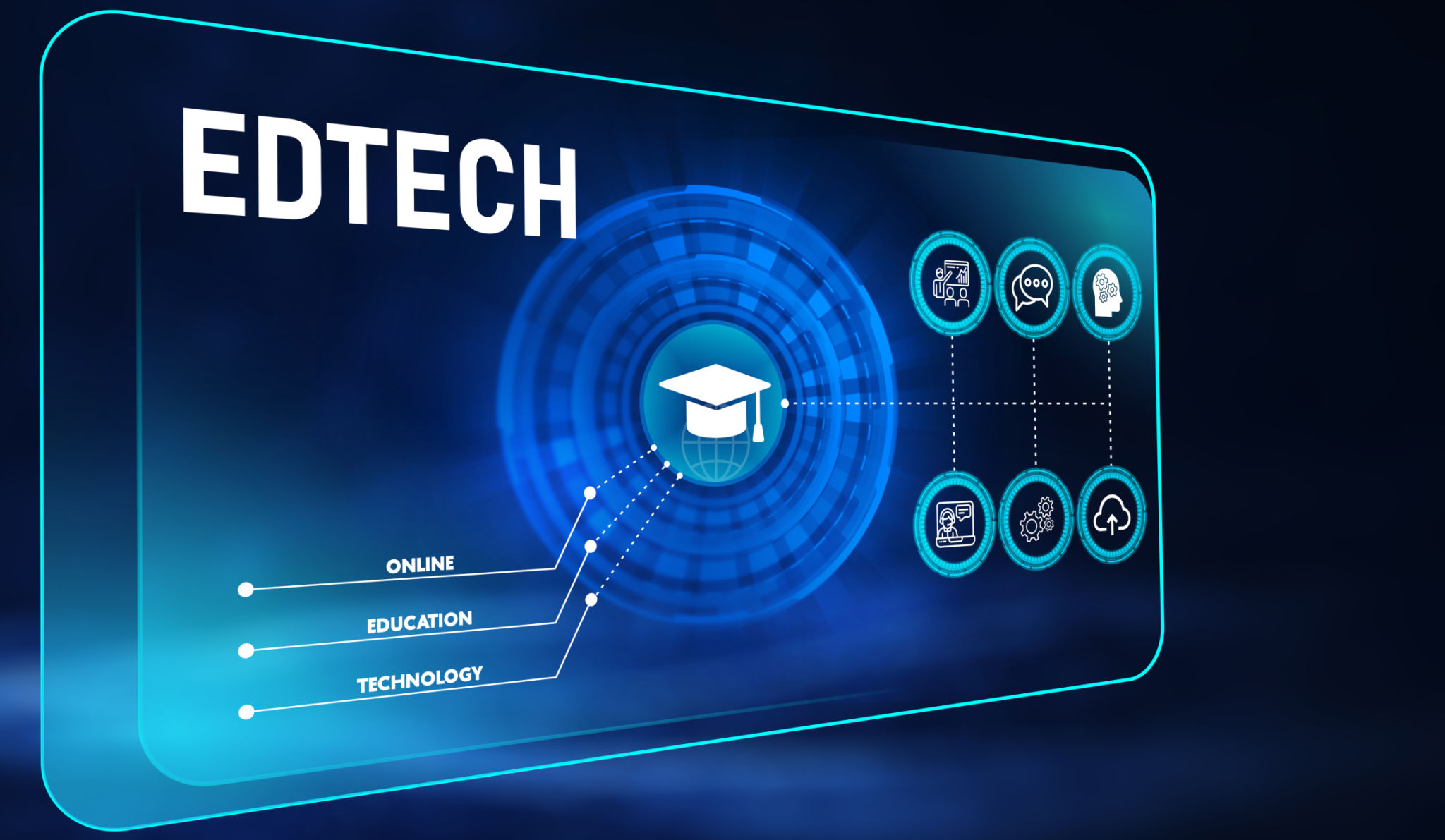Innovative Trends in Neurodiverse Educational Testing
Exploring Innovative Trends in Neurodiverse Educational Testing
In recent years, the landscape of education has seen significant changes, especially with the growing recognition of neurodiversity. As educators and psychologists strive to create more inclusive learning environments, new approaches to educational testing for neurodiverse students are emerging. These innovative trends are reshaping how assessments are designed, administered, and interpreted.

Personalized Assessment Strategies
Traditional testing methods often fail to capture the unique abilities and challenges faced by neurodiverse students. To address this, personalized assessment strategies are being developed. These strategies focus on tailoring tests to suit individual learning styles, ensuring that each student's potential is accurately measured. Incorporating multiple-choice questions with open-ended responses allows for a comprehensive evaluation of a student's understanding.
Moreover, adaptive testing technology is becoming increasingly popular. This approach involves adjusting the difficulty of questions based on a student's previous answers, providing a more accurate gauge of their capabilities and knowledge. This method not only accommodates different learning speeds but also reduces test-related anxiety.
Incorporating Technology in Assessments
The integration of technology in educational testing is another trend gaining momentum. Digital platforms and tools enable the creation of interactive and engaging assessments that appeal to neurodiverse learners. For instance, virtual reality (VR) environments can simulate real-world scenarios, allowing students to demonstrate practical skills and problem-solving abilities.

Additionally, assistive technologies, such as text-to-speech software and voice recognition, empower students with learning disabilities to communicate their responses effectively. These tools help level the playing field, ensuring that all students have equal opportunities to showcase their knowledge and skills.
Emphasizing Strengths Over Weaknesses
Another notable trend is the shift towards strength-based assessments. Instead of focusing solely on areas where students struggle, these assessments highlight each individual's strengths and talents. By recognizing and nurturing these strengths, educators can create a more positive and motivating learning environment for neurodiverse students.
This approach encourages a growth mindset, helping students build confidence and resilience. It also enables teachers to develop personalized learning plans that cater to each student's unique abilities, fostering a more inclusive and supportive educational experience.

Collaboration Between Educators and Psychologists
The collaboration between educators and psychologists is crucial in developing effective neurodiverse testing methods. By working together, they can design assessments that consider both cognitive and emotional factors, ensuring a holistic evaluation of a student's capabilities.
Regular workshops and training sessions for teachers can enhance their understanding of neurodiversity, equipping them with the skills needed to implement these innovative testing strategies effectively. This collaborative approach ensures that educational assessments are both fair and insightful.
Future Directions in Neurodiverse Testing
The future of neurodiverse educational testing looks promising as more schools adopt these innovative trends. Continuous research and development will further refine these methods, making them more accessible and effective for all students.
As society becomes increasingly aware of the importance of inclusivity in education, these advancements will play a pivotal role in shaping future generations of learners. By embracing these changes, educators can ensure that every student has the opportunity to succeed, regardless of their neurological differences.